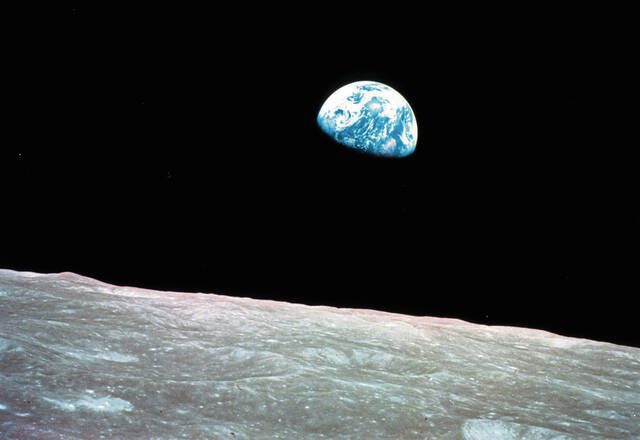
The likelihood of an asteroid, named 2024 YR4, colliding with Earth on December 22, 2032, has now reached a record high of 3.1%, according to a report by The New York Times.
This celestial object, measuring between 130 and 300 feet in length, was first discovered in December. It is anticipated to pass exceptionally close to our planet in 2032.
While the risk remains relatively low, astronomers stated on Tuesday that 2024 YR4 has emerged as the most probable sizeable asteroid forecasted to impact Earth.
The chances of 2024 YR4 making contact with Earth have climbed from the 1.3% reported earlier this year.
Experts warned that if it were to collide with Earth, damage could be significant, surpassing the historical fears surrounding Apophis, an asteroid that captured scientific attention two decades ago. Initial estimates placed Apophis’s impact risk in 2029 at 2.7%, which was ultimately revised to zero.
Nonetheless, 2024 YR4 is considerably smaller than Apophis, according to expert assessments.
Potential Consequences of an Impact
Even though 2024 YR4 is not particularly large for an asteroid, its impact could result in substantial damage, depending on the trajectory of its entry into Earth’s atmosphere, as noted by The Times.
Experts caution that while it may not devastate an entire nation, a direct hit on a city could lead to catastrophic destruction.
“We are uncertain about its density and porosity, which impacts its mass and the potential energy release if it strikes the Earth’s surface or detonates in the atmosphere,” explained Mark Boslough, a physicist at Los Alamos National Laboratory, to The Times.
Time is of the essence for experts to assess the asteroid’s risk correctly. A significant hurdle is that 2024 YR4 will be obscured by the sun in April, making it difficult for most Earth-based telescopes to monitor, as reported by New Scientist. This will postpone updated forecasts from astronomers.
It is expected to re-enter visibility in 2028.
Currently, according to The Times, much of its projected path crosses over vast oceans, but some potential impact sites are near populous cities like Bogotá, Lagos, and Mumbai.
If 2024 YR4 is on the upper estimate of 300 feet, its collision could result in far more significant damage, as indicated by Michael Aftosmis of the Asteroid Threat Assessment Project, according to The Times.
In the event that this larger version of 2024 YR4 strikes solid ground, it may create a crater measuring approximately two-thirds of a mile in diameter, based on The Times’ reports.
“The impact would yield a tremendous explosion,” Boslough stated. Surrounding buildings could collapse, bridges might crumple, and debris—including vehicles, trees, and potentially individuals—would be flung in all directions. He also highlighted the risk of a “superheated jet of asteroid vapor that could rain down and incinerate everything in its path.”
Megan Swift is a reporter for TribLive, specializing in trending news in Western Pennsylvania. A native of Murrysville, she began her full-time role at Trib in 2023 after serving as the editor-in-chief for The Daily Collegian at Penn State. Previously, she interned at the Trib for three summers through the Jim Borden Scholarship. You can reach her at mswift@triblive.com.









